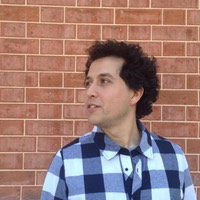Habilitation a Diriger des Recherches (HdR)
Published:
Today I successfully defended my Habilitation thesis! The defense can be seen here and the manuscript is here (23.4 MB file).
This presentation summarizes my contributions to the fields of Auditory Cognitive Neurosciences, signal processing on graphs and machine learning, in three axes. The first axis addresses the study of how humans are able to perceive temporal regularity and synchronize their movements with the environment, and how such regularities may be exploited for gait rehabilitation in Parkinson’s disease. The second axis investigates individual differences in brain structure and connectivity related to the phenomenon of having music stuck in one’s head in the absence of sound stimulation, called Involuntary Musical Imagery. This phenonenon is an endogeneous, spontaneous neural mechanism that may be the result of complex coupling between distinct brain systems of auditory processing and self-generated cognition. The third axis explores how machine learning and graphs can be combined in order to open new possibilities and explanatory power for neuroimaging, in particular by developing Graph Signal Processing using brain connectivity. I also report recent work in deep learning, aiming at reducing computational complexity and memory requirements using pruning techniques and efficient feature learning learning. I finally describe how to combine these different interdisciplinary directions into a set of research perspectives investigating innovative approaches to study the brain using machine learning and graphs, and better understand auditory cognition as well as the effect of sound on humans, on the environment and on societies.
